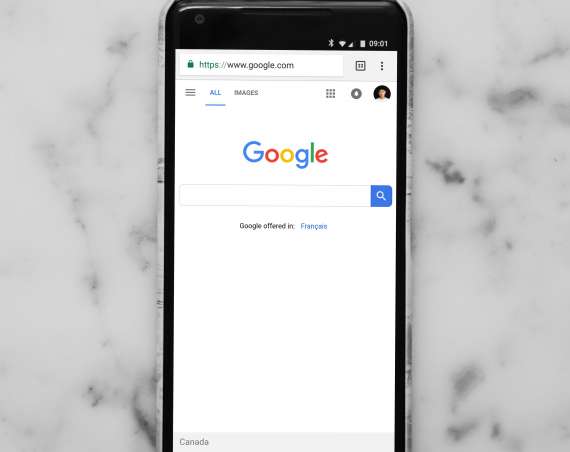New mapping systems are popping up all over the place and many of the portals are scared of the impact these mapping systems may have on their revenues – not from agents – but from advertisers.
FREE mapping systems such as Google Maps and Live Local Maps are growing in maturity and allowing small shop developers to create what the industry calls ‘mash-ups’ allowing information such as property listings to be plugged into mapping and displayed within sites.
The problem for incumbent portals is that mapping systems require a clean interface for the user to get the best experience and having advertising/pop ups littered over the screen will only turn off visitors to the site. With a little bit of creativity their are ways around this but with portals such as realestate.com.au and domain.com.au receiving in excess of 20 million annually from advertisers it may be a thorny issue.
So what do the portals do about this? One way is to try and discredit these mapping sites as they become more popular (there are none in Australia or New Zealand at this point in time) another way is to get involved and test the waters so to speak.
Consumers will warm to mapping sites very quickly, once usability and speed are no longer an obstacle.
Here is how a mapping site will work.
* User visits mapping site
* User selects state/territory (map zooms)
* User selects area (map zooms)
* User selects property balloon (pop up appears with preview information)
* User either selects property to see more information or goes back to map and selects another listing.
All of this is done in a clean interface, devoid of menus, advertising etc. Each property type (residential , commercial, sale, lease) has a different colour balloon for easy identification. You can also have a selection interface to drown out listings that do not suit for price/bed/bath etc
Now compare this to a traditional site.
* User visits site
* User selects state/territory
* User selects suburb/property type/price range etc.
* User receives a selection of listings
* User either selects property to see more information or goes back and selects another listing.
There is really no difference, except for the fact that the user does not get bombarded with information that for most users does not interest them. On traditional sites, property information makes up about 40% of screen space with the rest taken up by advertising from home loans companies, house pricing and services of which the majority of users eyes are now trained to ignore.
So whilst it may take a few years for this to take to consumers, it is by far a better choice and with Google, Microsoft and Yahoo no doubt keeping a close eye on things this could spell trouble for major portals in this region.
Having a great site is one thing, getting the agents listings another, but getting consumers to know about it, is the highest mountain to climb for any budding real estate mapping company…
There will be a few launches in the next few months and I will keep you all posted as to my thoughts on these when they ‘go live’.


2 Comments
Jason
Chalk one up for maps.
When it comes to real estate, single-interface map searches seem so much more practical and usable than the traditional searches. Good points.
Regarding speed, it is a definite issue with most of the mash-ups that I’ve seen. But I think slowness may be more of a perception when in fact they may be faster than their traditional counterparts. I think part of this is that many of us are still used to waiting for new pages of search results to be loaded. With mashups, the wait is a little more obvious simply because the page doesn’t change. However, the amount of data being downloaded, in theory, should be less when using those slick maps.
The big map APIs definitely make it easy to create stunning maps. The next step will be for programmers and designers (or API users) to improve overall usability to include better visual cues, caching, etc.
Chris
We have just launched the 1st in Australia real estate portal powered by the Google interactive map – http://www.sellhouse.com.au
While browsing properties directly on the map is obviously a completely different concept of property hunting, it requires some elemental skills from the end-user also. For example, we have faced with the situation, when people cannot see the map just because they use Internet Explorer v 4 and do not want to upgrade.
BTW, the speed is not as big issue as it takes just a 2-3 sec to download the complete aerial map with 50-60 objects on the page (areas or suburbs). When ADSL 512K is the common Internet connection in Australia, it is not a problem at all.
Another problem we are working with is how to provide filters for the map search to minimize a number of listings on the page. The problem here is how to make it usable and relatively simple for normal people, who are not computer experts.
We would appreciate any comments and suggestions.
SellHouse.com.au